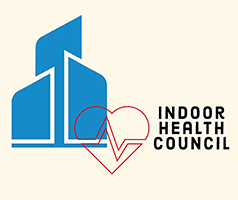Dr. Charles Gerba on The Hygienic Failure of Mops
When surveyed by Statistica in 2020, consumers planning to buy a mop would prioritize by:
1. Microfiber
2. Sponge
3. Spin
4. String
5. Disposable
Commercially, mops are everywhere with annual sales in hundreds of millions of dollars, and are iconic to the janitor stereotype despite being relatively poor performers from a cleaning and public health perspective.
We asked microbiologist Dr. Charles Gerba about the hygienic failure of mops.
IHC: How do mops fail as a hygienic tool?
Dr. Gerba: Germs thrive in the warm, damp, food-rich environment of mopheads which then effectively spread them around floors.
IHC: What grows in a mop and how is it transferred to other places?
Dr. Gerba: Fecal and coliform bacteria from splashes of toilets and urinals, and many other types, which get a free ride on mops and shoes. Our studies show ~95% of shoe soles have fecal bacteria on them and ~50% have E coli from walking on restroom floors.
IHC: How far can such contamination spread?
Dr. Gerba: It’s not limited to adjacent hallways and offices. When people go home after using the restroom at work, they spread germs on shoe soles to floors, carpet, and even to little ones crawling on the floor.
The first four to five steps entering a house are the most contaminated. Studies have shown carpets are reservoirs for bacteria since there is plenty of food there: skin flakes, food debris, and more.
IHC: So, “Stop the Mop” is a good idea?
Dr. Gerba: Without a doubt. Methods that remove rather than spread soils will help—we should strive to stop contaminating and start cleaning using the most effective methods.
IHC: Thanks for sharing your insight.
Dr. Gerba: My pleasure.
—
We welcome input on this topic.




